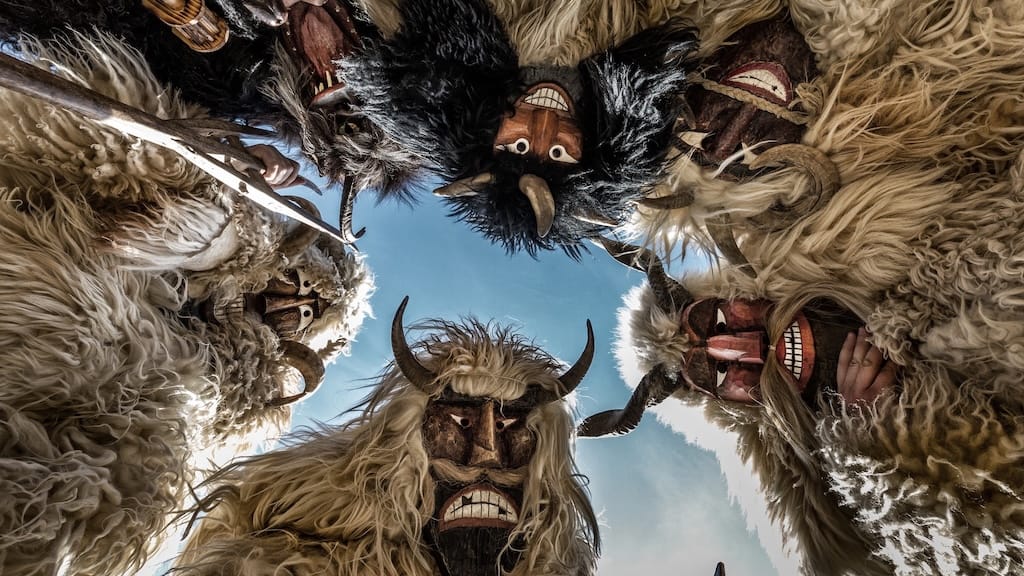
Busójárás: A Celebration of Tradition and Triumph in Mohács, Hungary
The Busójárás in Mohács, Hungary, is an enchanting six-day-long festival celebrated every year to bid farewell to winter and welcome spring. It is a very important cultural treasure for Hungary, uniting folklore, history, and community spirit.
Busójárás becomes a great time when thousands of visitors from all over the world come and observe the unique traditions and vibrant festivities that define this event.
Historical Background
The history of Busójárás dates back to the 18th century and is dipped in folklore. The festival is believed to have been inspired by a local legend whereby the people of Mohács, dressed in terrifying masks and costumes, scared away the invading Ottoman Turks. This act of defiance and triumph is commemorated each year through the elaborate celebrations of Busójárás.
Busójárás, over the centuries, developed into a symbol of Hungarian identity and resilience. Notable milestones in its history include its recognition as a UNESCO Intangible Cultural Heritage of Humanity in 2009. Such a prestigious designation underlines the cultural importance of this festival to Hungarians and how proud they are in preserving their heritage.
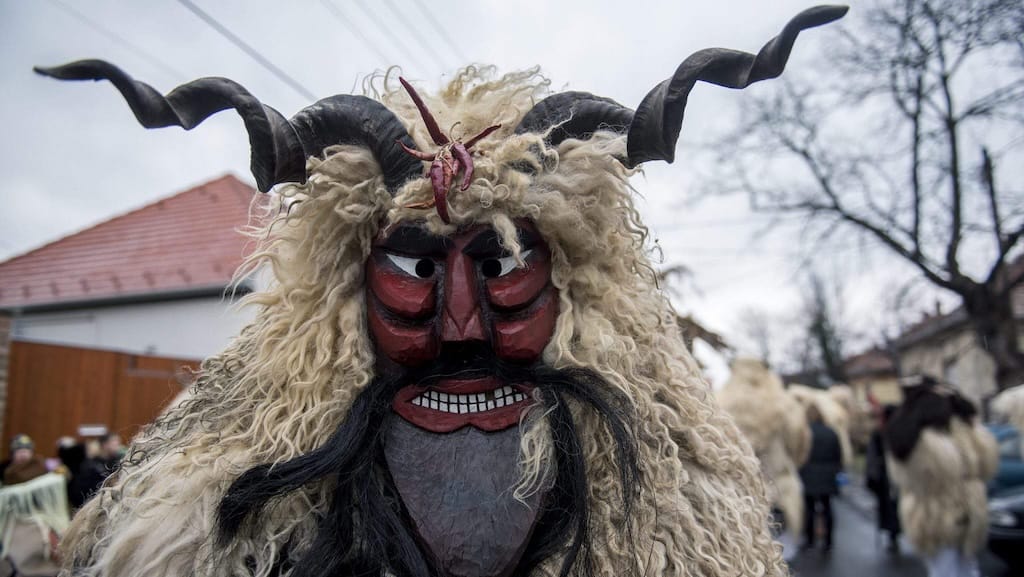
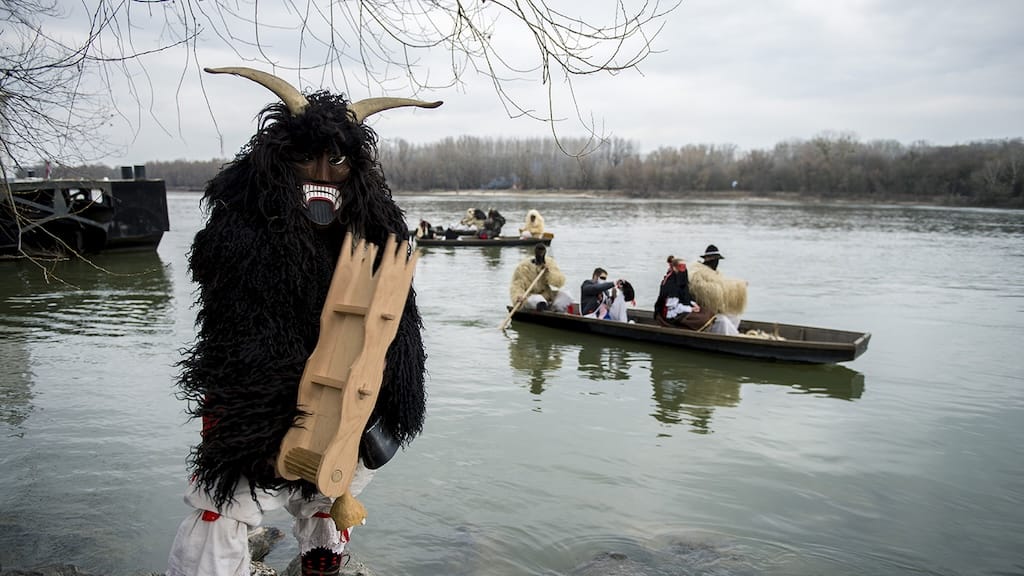
Typical Activities
Busójárás is characterized by colorful parades, traditional music, and lively dances. The festival is officially opened when the Busós—masked figures in sheepskin costumes and wooden masks—travel by boat across the Danube River to the town of Mohács. All that follows is set by this dramatic arrival.
One of the activities is the Busó Parade, where participants put on their terrifying masks and costumes and parade through the streets to the beat of drums and folk music. The parade is a spectacle of creativity and tradition that has captivated both participants and spectators.
One of the special features of Busójárás is the Busó Court, a wooden construction erected in the middle of the town square. Different rituals and performances are staged on it: from traditional dances and music to storytelling. The very center of the festival, the court draws crowds interested in experiencing the rich cultural heritage of Mohács.
Traditional Customs
Busójárás is deeply rooted in tradition and old customs. The iconic Busó masks are made from wood and adorned with horns and animal fur; together with the sheepskin costumes, they create a strange, almost extraterrestrial appearance that is very interesting and even a bit frightening.
There is also music and dancing. The air is filled with traditional Hungarian folk music, played on the tárogató—a type of woodwind—and the cimbalom, a hammered dulcimer, which invite visitors to join in the dancing. The lively tunes and rhythmic beats create an infectious energy that permeates the festival.
Food also plays a very important role in Busójárás. Guests could taste local specialities, such as lángos—fried dough topped with sour cream and cheese—kürtőskalács, or chimney cake, and hearty goulash. These culinary delights give a taste of Hungarian hospitality and culture.
The most awaited ritual is the burning of the coffin, which symbolizes the end of winter and the rebirth of spring. This act is symbolic, and in many ways, it makes up the climax of the festival, accompanied by jubilant celebrations, while signifying the victory of light over darkness.
What to Expect
The best time to visit Busójárás is during the six days leading up to Shrove Tuesday for those planning on attending. The festival in Mohács takes place in various locations, mainly in the town square and along the Danube River.
First-timers should expect huge crowds and a frenzied atmosphere. Dress comfortably and wear good walking shoes, as there is so much to see and explore. Also, it would be smart to book your accommodations way in advance because the town fills up fast during this festival.
Accommodations in Mohács range from guesthouses to modern hotels. One might also take a look around the historic sites of the town: the Mohács Memorial Park and the Ottoman Mosque. Joining the different events, interacting with the local community, will help to experience more.
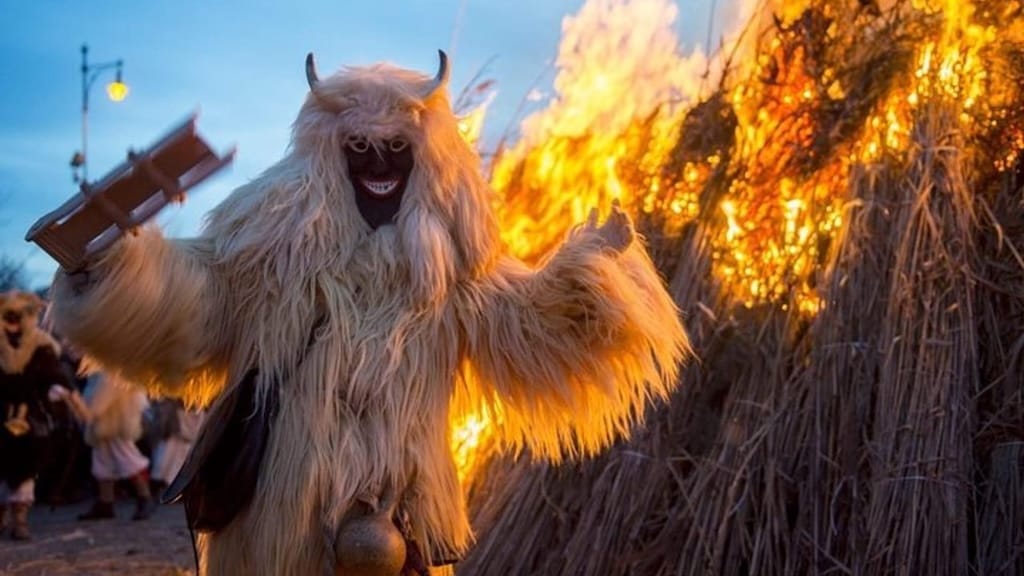
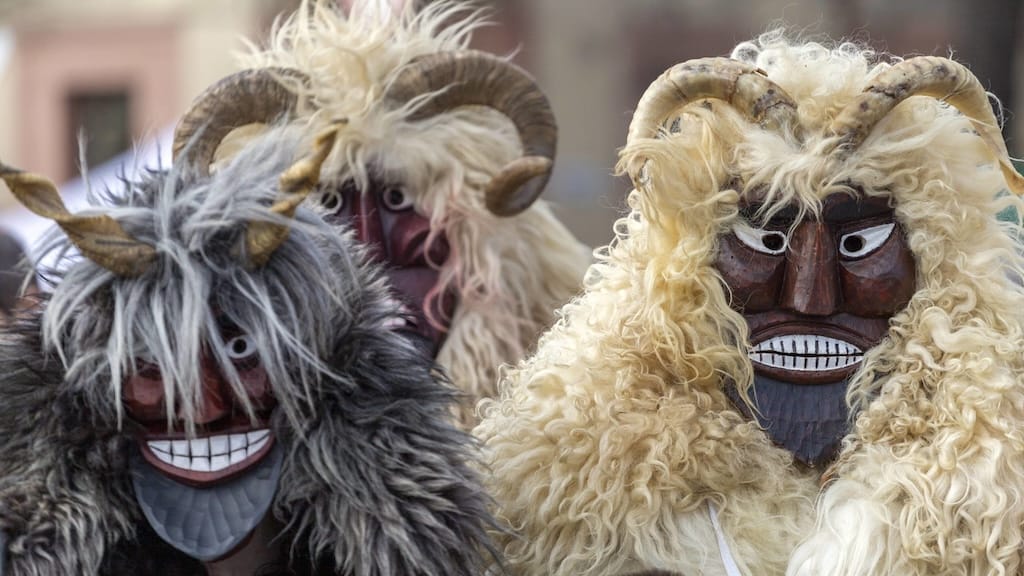
Conclusion
Busójárás in Mohács, Hungary, is more than a mere festival; it is the striking expression of Hungarian culture and heritage. The event, with its rich history, traditional customs, and lively activities, is something that should be seen by anyone wanting to experience the essence of Hungary.
Attending Busójárás means not only witnessing a spectacular celebration but becoming part of a centuries-old tradition, which still inspires and enchants. Embracing the spirit of Mohács, let the rhythms, colors, and joy of Busójárás imprint an indelible mark on your cultural journey.
This is one of the most essential festivals in the country's cultural landscape and promises unforgettable experiences for any participant.